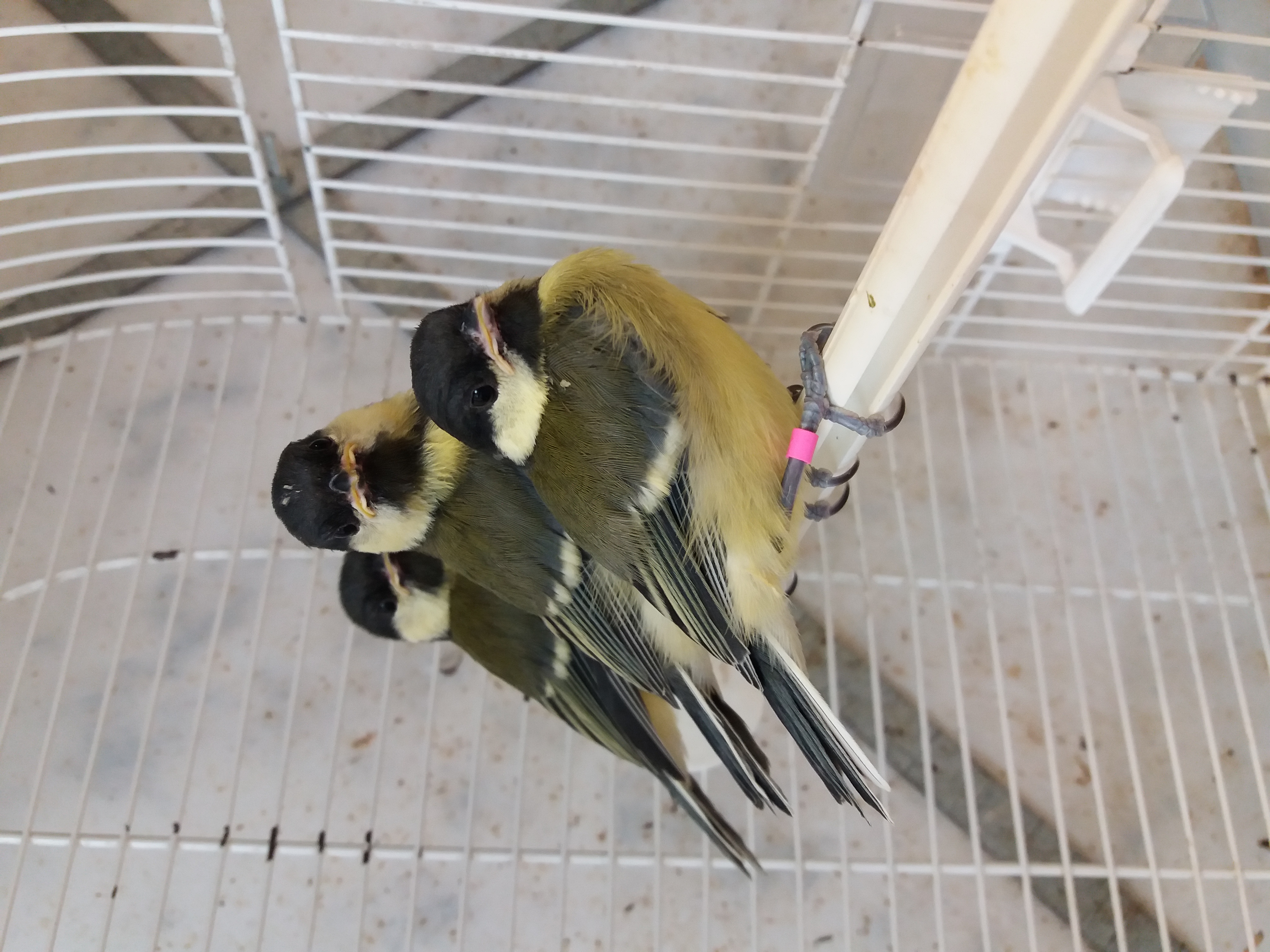Bird DNA on flowers tell stories about pollination interactions
For the first time, researchers have succeeded in identifying birds using environmental DNA from flower samples.


In the tropics, nectarivorous birds are important pollinators for many plant species. But studies of these interactions can be cumbersome and time-consuming. A new study led by Knud A. Jønsson from Natural History Museum of Denmark and associate professor Philip Francis Thomsen and PhD student Emil Ellegaard Thomassen from Department of Biology, Aarhus University, shows that nectarivorous birds deposit DNA on flowers, and that this can be separated from airborne “background” DNA.
“With the experimental part of the study, we show that it is possible to detect DNA signals from birds by sequencing flower samples, and that the concentration of DNA is significantly higher in flowers that have been in physical contact with a bird compared to flowers where the birds have just been present nearby. This is important knowledge, as physical contact is a necessity for pollination to take place, which is why it opens up for the use of the method to study pollination interactions between birds and flowers,“ says Emil Ellegaard Thomassen.
At the same time, the method was also tested in the field in Papua New Guinea. Here, the team found DNA from four different species of birds on just five flowers, and greater amounts of DNA from the nectarivorous honeyeaters, Belford’s honeyeater (Melidectes belfordi) and Sooty honeyeater (Melionyx fuscus) compared with Crested Satinbird (Cnemophilus macgregorii) and Papuan thornbill (Acanthiza murina). The latter are both observed in the area but are not nectarivorous. These findings indicate that it is possible to set threshold values for how much bird-DNA should be present to confirm flower visits, although it is expected to be difficult to set general threshold values across species and biological systems.
“We expect that the amount of allocated DNA will vary greatly between species and in different contexts. Moreover, the detection of DNA above a certain threshold value will not necessarily mean that effective pollination has taken place. But the method has great potential to “screen” plants for bird DNA and thereby guide more targeted studies of pollination interactions,“ says Emil Ellegaard Thomassen.
This is the first time researchers have successfully identified birds via environmental DNA from flower samples.
“We look forward to seeing more studies that use environmental DNA to study bird pollination, and also how DNA from birds is deposited and subsequently degraded on flowers”, says Philip Francis Thomsen.
The study is supported by the Carlsberg Foundation, and can be found here: https://onlinelibrary.wiley.com/doi/full/10.1002/edn3.393
